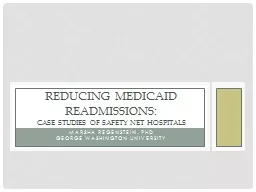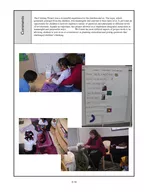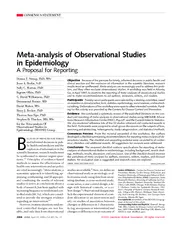PPT-Marsha Regenstein, PhD
Author : marina-yarberry | Published Date : 2016-06-27
George Washington University Reducing Medicaid Readmissions Case Studies of Safety Net Hospitals Background 1 in 5 individuals admitted to the hospital is readmitted
Presentation Embed Code
Download Presentation
Download Presentation The PPT/PDF document "Marsha Regenstein, PhD" is the property of its rightful owner. Permission is granted to download and print the materials on this website for personal, non-commercial use only, and to display it on your personal computer provided you do not modify the materials and that you retain all copyright notices contained in the materials. By downloading content from our website, you accept the terms of this agreement.
Marsha Regenstein, PhD: Transcript
Download Rules Of Document
"Marsha Regenstein, PhD"The content belongs to its owner. You may download and print it for personal use, without modification, and keep all copyright notices. By downloading, you agree to these terms.
Related Documents














